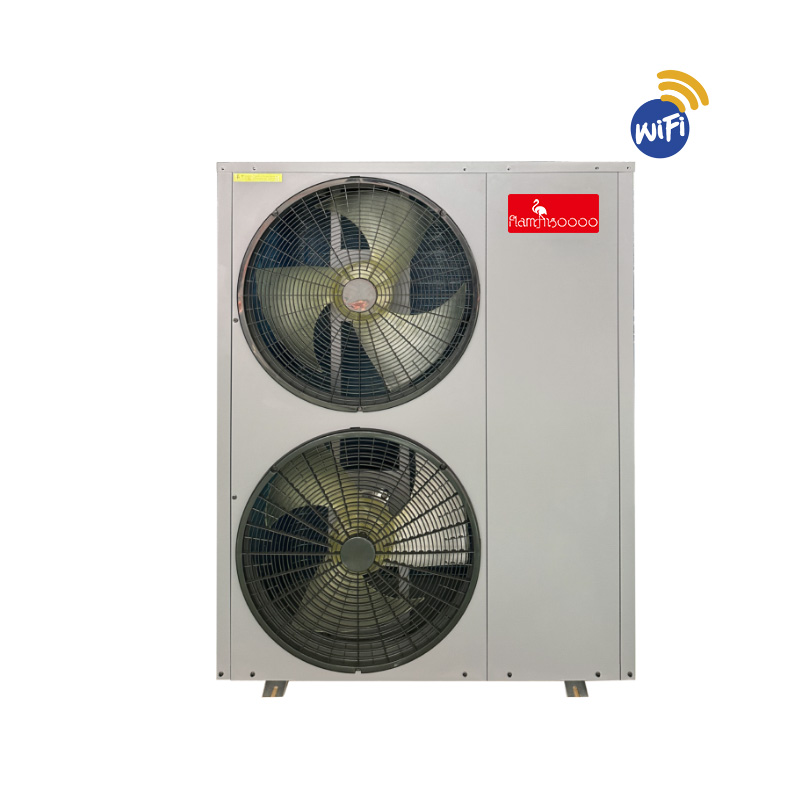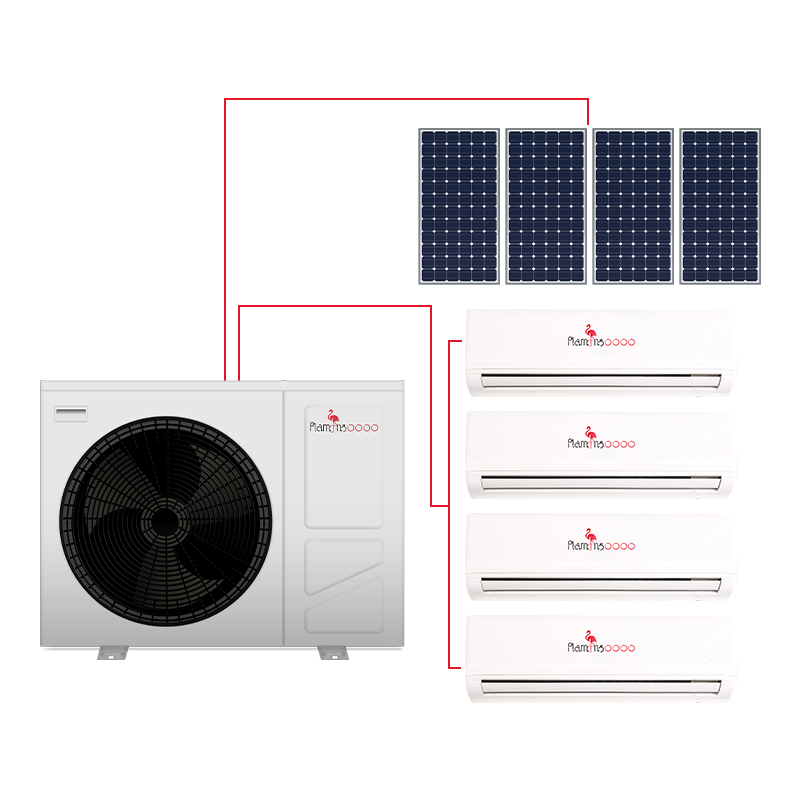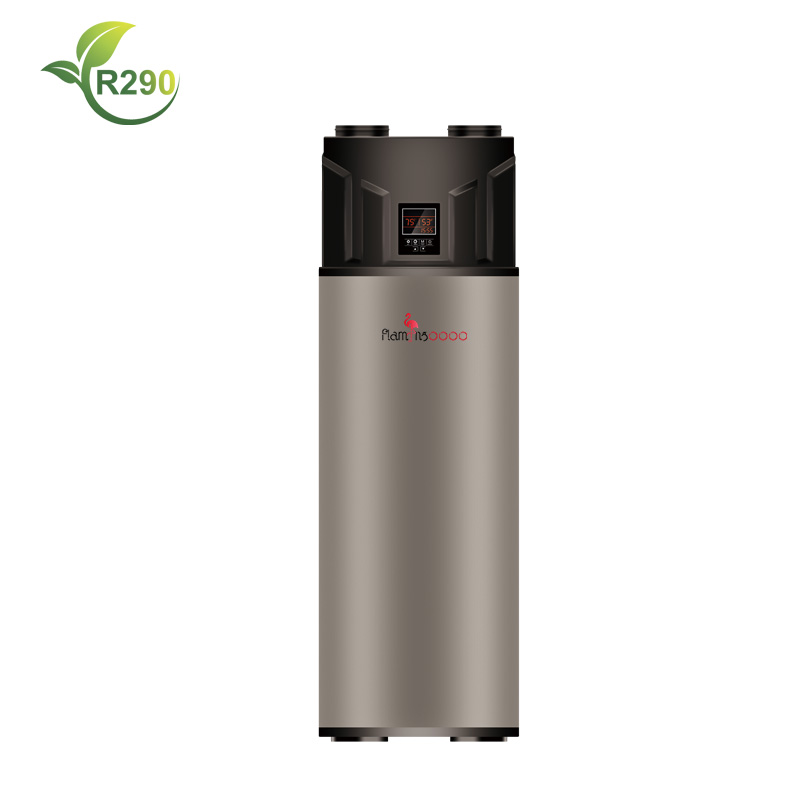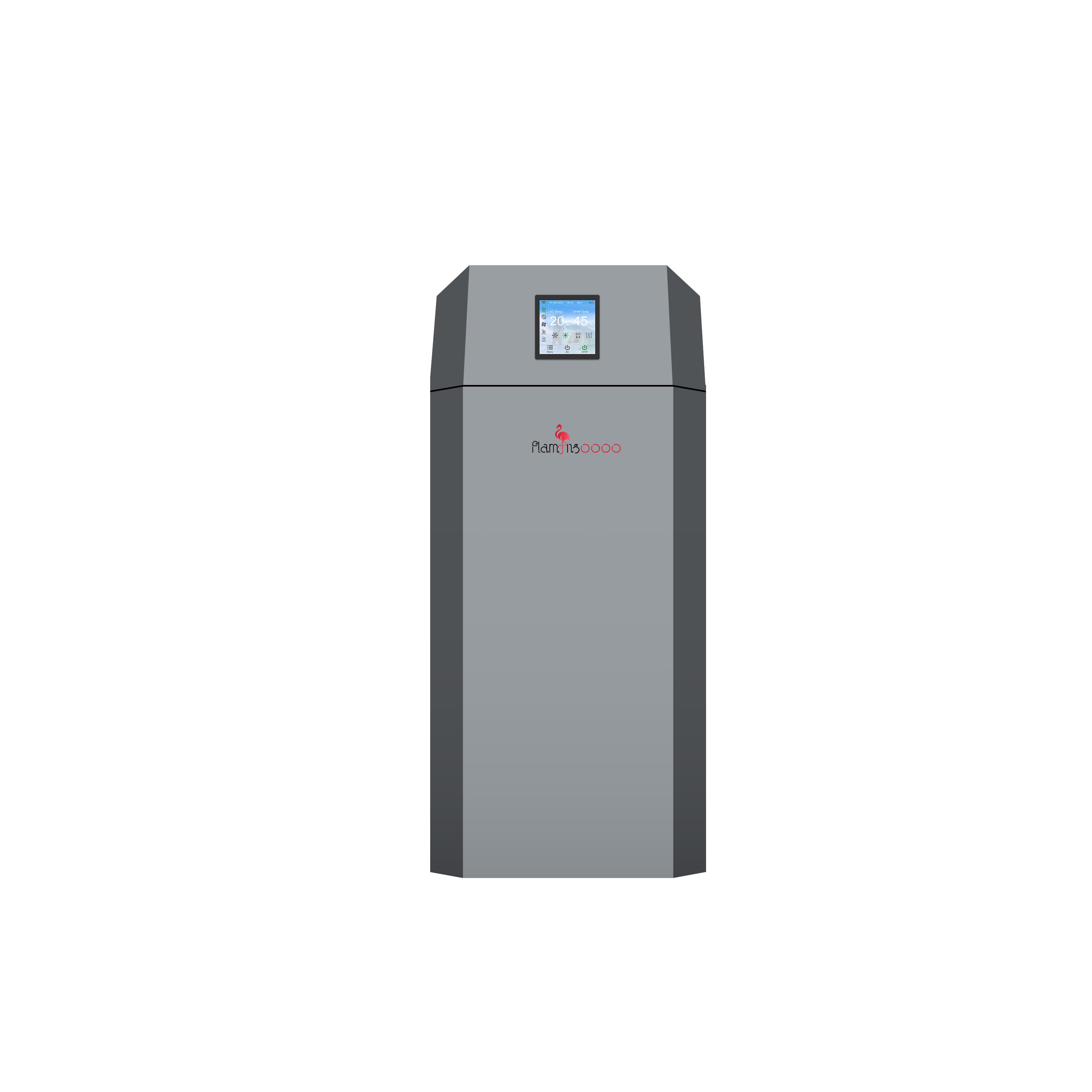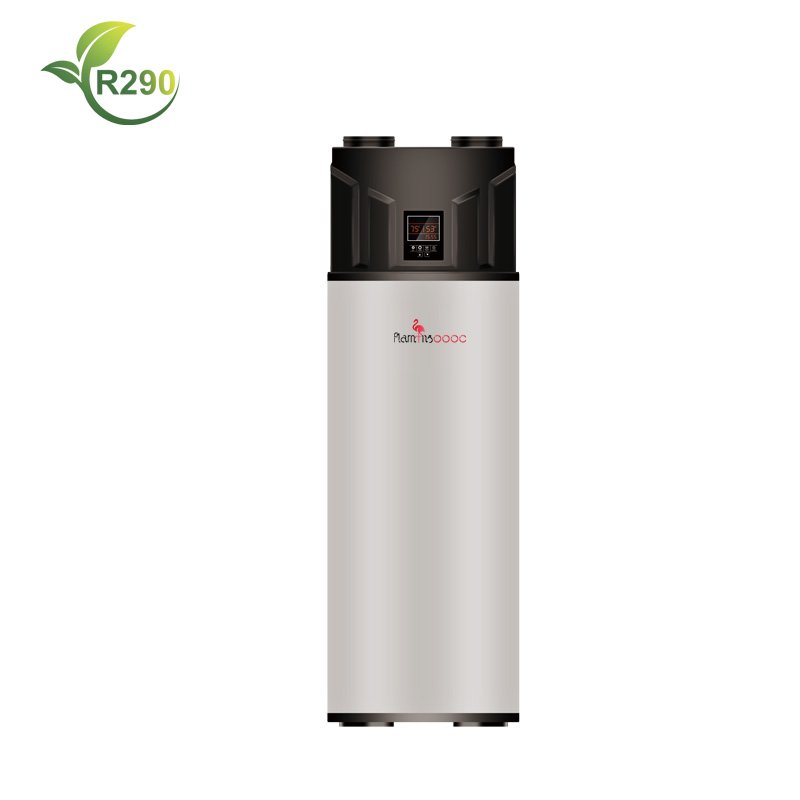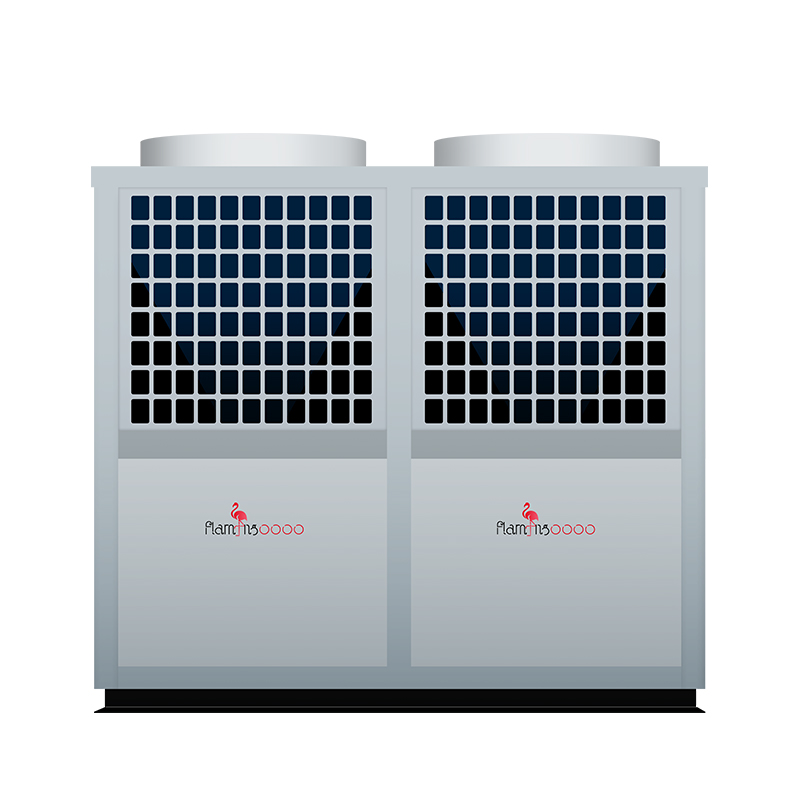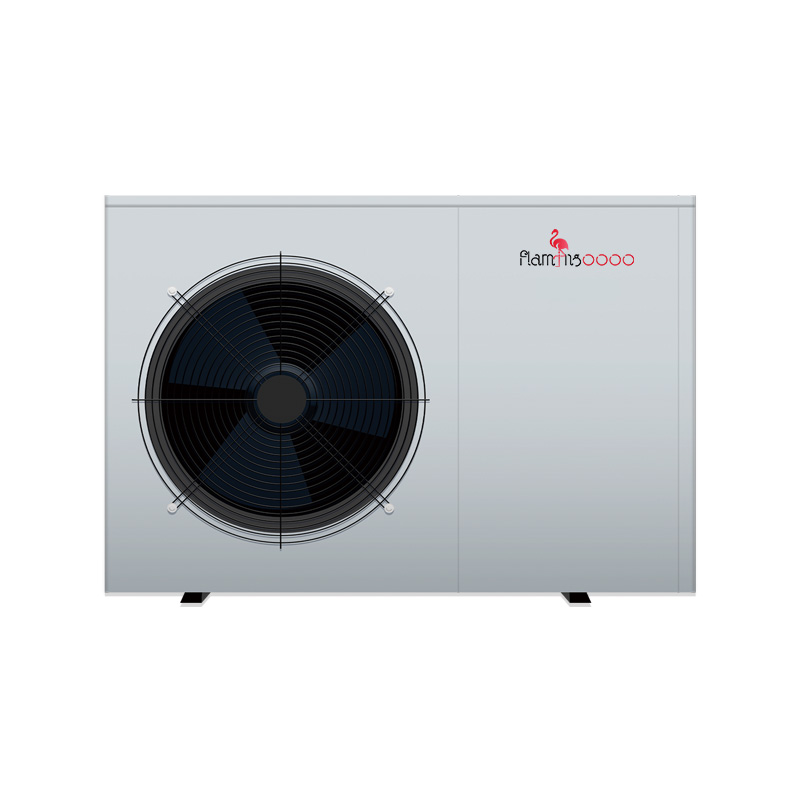What Happens When a Heat Pump’s Refrigerant Leaks — and What You Should Do
As heat pumps become increasingly popular for their energy efficiency and climate benefits, homeowners and technicians are facing a growing concern: refrigerant leaks. These leaks, though often unnoticed at first, can severely affect system performance, energy bills, and even the environment.

Refrigerant is the chemical fluid that circulates inside a heat pump to transfer heat. When the system is cooling, it absorbs heat from indoors and releases it outside; when heating, the process reverses. A proper refrigerant charge is essential for this process. If the system begins to leak, the balance is disrupted.
“Even a small refrigerant leak can significantly reduce a heat pump’s efficiency,” says Li Wei, an HVAC engineer based in Shanghai. “The system has to work harder to reach the same temperature, which means higher energy use and faster wear on components.”
Beyond energy loss, refrigerant leaks pose environmental and safety risks. Many traditional refrigerants, such as R-410A and R-22, are potent greenhouse gases. A single kilogram of R-410A released into the atmosphere has a global warming potential roughly 2,000 times higher than carbon dioxide. Although newer refrigerants like R-32 and CO₂-based alternatives are less harmful, any leakage still undermines the system’s sustainability goals.
Homeowners might notice several warning signs of a leak: reduced heating or cooling output, hissing sounds from the indoor or outdoor unit, or ice buildup on the evaporator coils. In some cases, energy bills suddenly rise without an apparent cause.
Experts emphasize that refrigerant leaks should never be ignored or handled by untrained individuals. “It’s both a technical and environmental issue,” says Chen Yan, a service manager for a Beijing HVAC firm. “People should shut down the heat pump and contact a certified technician immediately. Attempting DIY repairs can lead to further damage or exposure to refrigerant gases.”
The repair process typically involves locating the leak with specialized detection tools, sealing the damaged area, and recharging the system with the correct amount of refrigerant. In severe cases, components like coils or valves may need replacement. After repairs, technicians must test for leaks again to ensure safety and compliance with environmental regulations.
To prevent leaks, regular maintenance is key. Experts recommend professional inspection at least once a year, especially before peak heating or cooling seasons. Proper installation, correct refrigerant charging, and the use of high-quality components can also reduce the likelihood of leaks over time.
As global efforts to cut greenhouse gas emissions intensify, the HVAC industry is transitioning to low-GWP (Global Warming Potential) refrigerants and improved leak detection technologies. Governments in many countries are implementing stricter standards for refrigerant handling and recovery.
For consumers, awareness remains the first line of defense. A well-maintained heat pump not only ensures comfort and efficiency but also contributes to a cleaner, safer environment. When a refrigerant leak occurs, swift and responsible action can make all the difference.



